The views expressed in our content reflect individual perspectives and do not represent the authoritative views of the Baha'i Faith.
In Part II, we heard from the renowned scholar Nader Saiedi (who now teaches in UCLA’s Department of Near Eastern Languages and Cultures, where he serves as the Taslimi Foundation Professor of Baha’i Studies), who discovered a tablet (letter) that Baha’u’llah revealed for one of his father’s former slaves (probably Isfandiyar), formally setting that slave free.
Abdu’l-Baha, often called The Master in the Baha’i writings, talked further about Isfandiyar during his visit to the United States in 1912. In Chicago, Abdu’l-Baha recalled how his own father, Baha’u’llah, said that in the eyes of God, “it does not matter whether he is robed in black or white”:
In the evening the Master gave an impressive talk at a gathering of blacks. Many white people were also present. He spoke on love and brotherhood among the different races and nationalities. He talked about Isfandiyar, the black servant of the Blessed Beauty, referring to his faithfulness, obedience and goodness of heart, saying: “If a believer in God prays for piety, it does not matter whether he is robed in black or white.” Both black and white were affected by His words and came one after the other to shake His hand and express their gratitude for His blessings. – Mahmud’s Diary, p. 367.
“Robe” — what a remarkable metaphor for skin color! The Baha’i writings, in fact, abound in the most ennobling and uplifting interracial imagery, in stark contrast to prevailing racist tropes, such as the biblically-based “curse of Ham” myth, to which most white American Protestants subscribed then.
On Sunday, November 10, 1912, Abdu’l-Baha fondly recalled Isfandiyar again, this time in Washington DC. In his diary entry for that evening, Mahmud Zarqani wrote:
When all these people concluded their visit, grateful for His bestowals, the Master came downstairs and spoke about unity and amity between the blacks and whites, expressing His happiness at seeing both races present in the meeting. During His talk He mentioned the sincerity, honesty and services of Isfandiyar, the black servant of Baha’u’llah. – Mahmud’s Diary, pp. 360 – 361.
Then, while in London, Abdu’l-Baha recalled another statement by Baha’u’llah:
A colored man from South Africa who was visiting ‘Abdu’l-Baha, said that even now no white people really cared very much for the black man.
Abdu’l-Baha replies: Compare the present time and the feeling towards the colored people now, with the state of feeling two or three hundred years ago, and see how much better it is at present. In a short time the relationship between the colored and white people will still further improve, and bye and bye no difference will be felt between them. White doves and purple doves exist, but both kinds are doves.
Baha’u’llah once compared the colored people to the black pupil of the eye surrounded by the white. In this black pupil you see the reflection of that which is before it, and through it the light of the Spirit shines forth.
In the sight of God color makes no difference at all, He looks at the hearts of men. That which God desires from men is the heart. A black man with a good character is far superior to a white man with a character that is less good. – Abdu’l-Baha in London, p. 68.
“The black pupil of the eye — through it the light of the Spirit shines forth” — what an astonishing, ennobling racial metaphor! And from no less than a Prophet of God, Baha’u’llah himself!
During that time, the Black intelligentsia developed a profound interest in Abdu’l-Baha’s progressive views on race relations. W. E. B. Du Bois, for instance, featured Abdu’l-Baha prominently in Du Bois’ “Men of the Month” column in the May 1912 issue of The Crisis, a magazine published by the National Urban League. Then, in the June 1912 issue of The Crisis, Du Bois published, in full, one of Abdu’l-Baha’s plenary speeches to the delegates of the Fourth Annual Convention of the National Association for the Advancement of Colored People (NAACP).
The interest in the Baha’i view of race relations and racial unity continues to this day. In 2013, Palgrave Macmillan, a major academic publisher, published Abdu’l-Baha’s Journey West: The Course of Human Solidarity, edited by Negar Mottahedeh (a professor at Duke University), which examines the profound and lasting effects of Abdu’l-Baha’s visit.
At Howard University, on April 23, 1912, Abdu’l-Baha predicted: “Differences between black and white will be completely obliterated; indeed, ethnic and national differences will all disappear.” And even earlier, on April 15, 1890, Baha’u’llah foretold:
That all nations should become one in faith and all men as brothers; … that diversity of religion should cease, and differences of race be annulled — what harm is there in this? … Yet so it shall be. – A Traveller’s Narrative, p. xl.
©2014 by Christopher Buck.


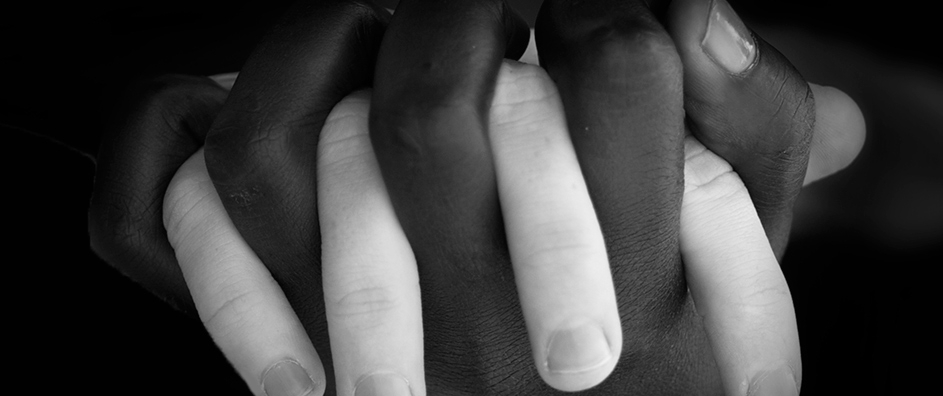
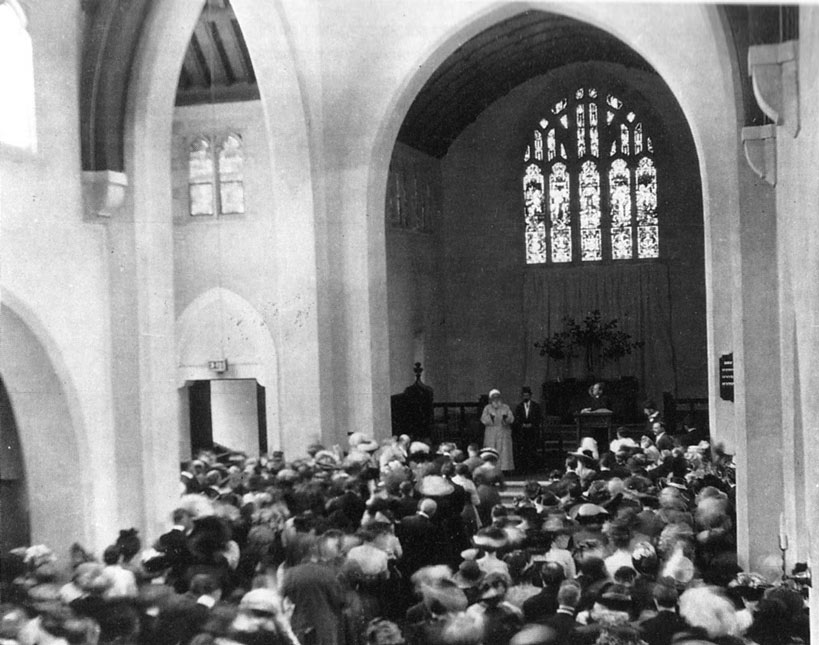



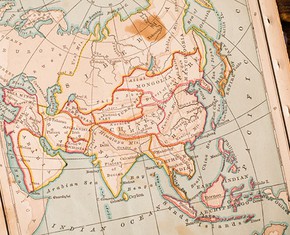
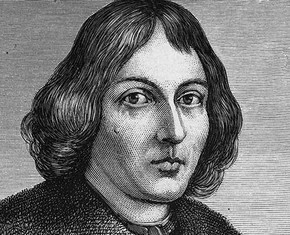
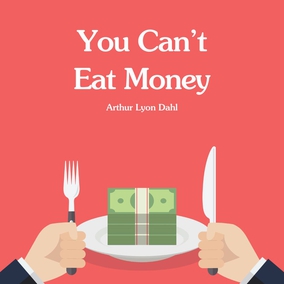
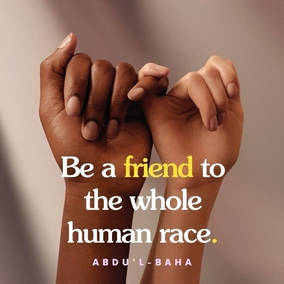
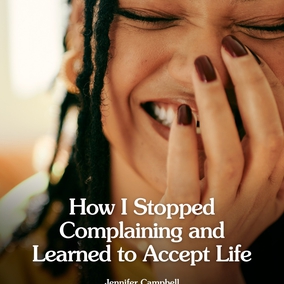
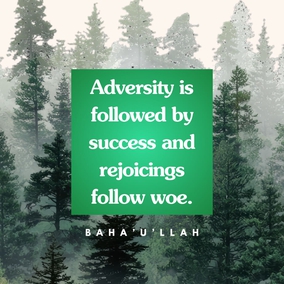
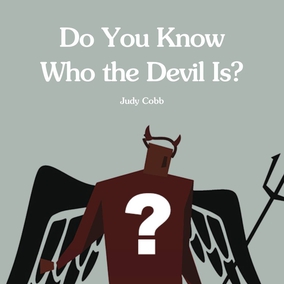
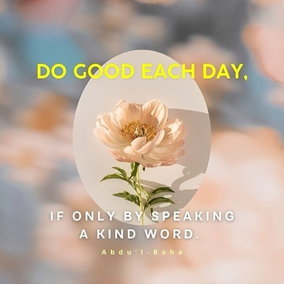

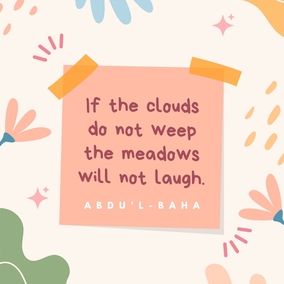

Comments
Sign in or create an account
Continue with Googleor